In today's fast-paced and highly competitive business landscape, it's more important than ever to have a solid sales strategy in place. While inbound sales and social media marketing can be effective in attracting potential customers, outbound sales is still a crucial component of any successful sales plan. Outbound sales refers to the process of actively reaching out to potential customers through methods such as cold calling, email marketing, and cold outreach. In this blog post, we'll explore the benefits of outbound sales, the types of businesses that can benefit from it, and how to execute a successful outbound sales strategy.
Why Should You Do Outbound Sales?
There are many reasons why outbound sales is an essential part of any sales plan. Here are just a few:
- You get more control.
Inbound sales and marketing are effective at getting your content in front of potential customers, but you have far less control over who sees it. With outbound sales, you have the power to choose the specific individuals you want to target, giving you a higher level of control over your sales process.
- You need to validate your hypotheses.
Outbound sales is a great way to validate your hypotheses about your target market. By reaching out directly to potential customers, you can quickly create, test, and validate your assumptions with real-world data.
- You need to learn more about your market.
If you're not sure who your target market is or what their pain points are, outbound sales is an excellent way to gather this information. By speaking directly to potential customers, you can gain a deeper understanding of their needs and motivations, which will inform your sales strategy moving forward.
What Kind of Business Should Do Outbound Sales?
The type of business that should invest in outbound sales will vary based on a number of factors, including the cost of customer acquisition, the complexity of the sales process, and the education required before a customer makes a purchase. However, as a general rule, outbound sales is a good fit for businesses that need to learn more about their market, have a high price point, or have a complex purchasing decision process.
The Key to Your Outbound Sales Strategy: Understanding Your Ideal Customer
Before you can execute a successful outbound sales strategy, you need to understand who your ideal customers are. This means defining their needs, motivations, and pain points. One effective way to do this is by using the Jobs To Be Done (JTBD) framework, which is based on the idea that customers hire products or services to help them accomplish specific tasks or achieve particular outcomes.
To execute your outbound sales strategy, you'll also need to identify potential customers and gather their contact information. This can be done through a variety of methods, including searching job postings, social media posts, and company blogs for buying signals, using CRM software to manage your sales leads, and using LinkedIn for social selling and lead generation.
The Outbound Sales Process: From Prospecting to Closing Deals
Once you have a clear understanding of your target market and have identified potential customers, it's time to execute your outbound sales process. This process typically consists of several stages, including:
- Prospecting: Finding potential customers and gathering their contact information.
- Outreach: Reaching out to potential customers through methods such as cold emails, cold calls, and LinkedIn outreach.
- Lead Generation: Qualifying leads to determine if they are a good fit for your product or service.
- Sales Calls: Following up with leads to discuss your product or service
Lead Generation: Lead generation is the process of attracting and converting prospects into customers. Outbound sales reps use various techniques to find potential buyers who match their ideal customer profile and get them interested in their product or service. Outbound salespeople can use cold calling, cold emails, phone calls, social media, LinkedIn, webinars, and content marketing to reach out to potential customers.
The goal of lead generation is to move prospects down the sales funnel towards a close deal. This is why it's important for outbound sales reps to have a well-defined sales process, which includes a follow-up plan and clear metrics for measuring success.
Sales Cycle: The sales cycle is the series of steps a salesperson takes to move a potential buyer from awareness to a close deal. The length of the sales cycle depends on the complexity of the sale and the length of time it takes to educate the potential buyer. The sales cycle starts with prospecting, continues through lead generation and qualification, moves into the sales presentation, and ends with closing the deal.
Outbound Sales Techniques: Outbound sales techniques are a set of strategies and tactics used by sales representatives to reach potential customers and get them interested in their product or service. These techniques include cold calling, cold emails, phone calls, social media, LinkedIn, webinars, and content marketing.
Outbound sales reps need to have a deep understanding of their target audience and the pain points they experience. This allows them to craft a compelling sales pitch that resonates with their potential buyers and addresses their specific needs.
Social Selling: Social selling is the process of using social media platforms like LinkedIn to build relationships with potential buyers, educate them about your product or service, and ultimately convert them into customers. Social selling is a key component of any outbound sales strategy, as it allows sales representatives to reach a large number of potential buyers and build relationships with them over time.
Inbound Sales: Inbound sales is a sales strategy that focuses on attracting potential buyers to your company through content marketing, SEO, and other inbound marketing techniques. Inbound sales representatives work to create valuable content that addresses the needs and pain points of their target audience. This content is designed to draw potential buyers to your website, where they can learn more about your product or service and decide whether to make a purchase.
Inbound leads are generated when potential buyers reach out to your company after consuming your inbound marketing content. Inbound sales reps then work to qualify these leads, provide additional information and education, and ultimately close the deal.
Pricing: Pricing is an important component of any sales strategy, as it determines the value you are offering to your customers and influences their purchasing decisions. Outbound sales reps need to have a clear understanding of their ideal customer profile and what they are willing to pay for your product or service. This allows them to set competitive prices that meet the needs of their potential buyers.
Referrals: Referrals are an effective way to generate new business and grow your company. Outbound sales reps can use referrals to reach new potential buyers who match their ideal customer profile. This can be done by leveraging existing relationships with customers and asking them to refer your product or service to their friends.
To maximize the success of your outbound sales process, you must have a well-defined target audience and use the right sales techniques. The ideal customer profile should be the foundation of your outbound sales strategy and the cornerstone of your sales funnel. You should also invest in the right tools, such as a CRM, to keep track of your potential customers' contact information and follow up with them effectively.
As part of your outbound sales strategy, you should use a mix of outbound prospecting techniques, including cold calling, cold emails, and phone calls. Cold outreach is a powerful tool to reach potential customers, but it can be time-consuming and challenging to execute effectively. Automation can help streamline the process, but it's essential to use it in a way that adds value to the customer and isn't perceived as spammy.
To reach your target audience, you must use the right channels. LinkedIn is an excellent platform for B2B sales and can be a valuable tool for lead generation. Social selling and content marketing can also help you reach new customers and establish your brand as a thought leader. Email marketing, webinars, and email marketing can be used to educate your potential customers and keep them engaged.
Once you've generated new leads, it's crucial to follow up with them in a timely and effective manner. The sales cycle can vary, but following up quickly and consistently can help increase your conversion rate. You should use metrics to measure your success and make data-driven decisions about your sales approach. The metrics you use will depend on your specific goals, but examples include conversion rate, new business, and referrals.
Outbound sales is a powerful tool for startups and sales teams looking to reach new customers and close deals. To be successful, you must have a well-defined target audience and use the right sales techniques and tools. Your sales reps must be well-trained and able to execute your sales strategy effectively. With the right approach, outbound sales can be a valuable part of your overall sales process and help you achieve your goals.
In today's fast-paced and highly competitive business landscape, it's more important than ever to have a solid sales strategy in place. While inbound sales and social media marketing can be effective in attracting potential customers, outbound sales is still a crucial component of any successful sales plan. Outbound sales refers to the process of actively reaching out to potential customers through methods such as cold calling, email marketing, and cold outreach. In this blog post, we'll explore the benefits of outbound sales, the types of businesses that can benefit from it, and how to execute a successful outbound sales strategy.
Why Should You Do Outbound Sales?
There are many reasons why outbound sales is an essential part of any sales plan. Here are just a few:
- You get more control.
Inbound sales and marketing are effective at getting your content in front of potential customers, but you have far less control over who sees it. With outbound sales, you have the power to choose the specific individuals you want to target, giving you a higher level of control over your sales process.
- You need to validate your hypotheses.
Outbound sales is a great way to validate your hypotheses about your target market. By reaching out directly to potential customers, you can quickly create, test, and validate your assumptions with real-world data.
- You need to learn more about your market.
If you're not sure who your target market is or what their pain points are, outbound sales is an excellent way to gather this information. By speaking directly to potential customers, you can gain a deeper understanding of their needs and motivations, which will inform your sales strategy moving forward.
What Kind of Business Should Do Outbound Sales?
The type of business that should invest in outbound sales will vary based on a number of factors, including the cost of customer acquisition, the complexity of the sales process, and the education required before a customer makes a purchase. However, as a general rule, outbound sales is a good fit for businesses that need to learn more about their market, have a high price point, or have a complex purchasing decision process.
The Key to Your Outbound Sales Strategy: Understanding Your Ideal Customer
Before you can execute a successful outbound sales strategy, you need to understand who your ideal customers are. This means defining their needs, motivations, and pain points. One effective way to do this is by using the Jobs To Be Done (JTBD) framework, which is based on the idea that customers hire products or services to help them accomplish specific tasks or achieve particular outcomes.
To execute your outbound sales strategy, you'll also need to identify potential customers and gather their contact information. This can be done through a variety of methods, including searching job postings, social media posts, and company blogs for buying signals, using CRM software to manage your sales leads, and using LinkedIn for social selling and lead generation.
The Outbound Sales Process: From Prospecting to Closing Deals
Once you have a clear understanding of your target market and have identified potential customers, it's time to execute your outbound sales process. This process typically consists of several stages, including:
- Prospecting: Finding potential customers and gathering their contact information.
- Outreach: Reaching out to potential customers through methods such as cold emails, cold calls, and LinkedIn outreach.
- Lead Generation: Qualifying leads to determine if they are a good fit for your product or service.
- Sales Calls: Following up with leads to discuss your product or service
Lead Generation: Lead generation is the process of attracting and converting prospects into customers. Outbound sales reps use various techniques to find potential buyers who match their ideal customer profile and get them interested in their product or service. Outbound salespeople can use cold calling, cold emails, phone calls, social media, LinkedIn, webinars, and content marketing to reach out to potential customers.
The goal of lead generation is to move prospects down the sales funnel towards a close deal. This is why it's important for outbound sales reps to have a well-defined sales process, which includes a follow-up plan and clear metrics for measuring success.
Sales Cycle: The sales cycle is the series of steps a salesperson takes to move a potential buyer from awareness to a close deal. The length of the sales cycle depends on the complexity of the sale and the length of time it takes to educate the potential buyer. The sales cycle starts with prospecting, continues through lead generation and qualification, moves into the sales presentation, and ends with closing the deal.
Outbound Sales Techniques: Outbound sales techniques are a set of strategies and tactics used by sales representatives to reach potential customers and get them interested in their product or service. These techniques include cold calling, cold emails, phone calls, social media, LinkedIn, webinars, and content marketing.
Outbound sales reps need to have a deep understanding of their target audience and the pain points they experience. This allows them to craft a compelling sales pitch that resonates with their potential buyers and addresses their specific needs.
Social Selling: Social selling is the process of using social media platforms like LinkedIn to build relationships with potential buyers, educate them about your product or service, and ultimately convert them into customers. Social selling is a key component of any outbound sales strategy, as it allows sales representatives to reach a large number of potential buyers and build relationships with them over time.
Inbound Sales: Inbound sales is a sales strategy that focuses on attracting potential buyers to your company through content marketing, SEO, and other inbound marketing techniques. Inbound sales representatives work to create valuable content that addresses the needs and pain points of their target audience. This content is designed to draw potential buyers to your website, where they can learn more about your product or service and decide whether to make a purchase.
Inbound leads are generated when potential buyers reach out to your company after consuming your inbound marketing content. Inbound sales reps then work to qualify these leads, provide additional information and education, and ultimately close the deal.
Pricing: Pricing is an important component of any sales strategy, as it determines the value you are offering to your customers and influences their purchasing decisions. Outbound sales reps need to have a clear understanding of their ideal customer profile and what they are willing to pay for your product or service. This allows them to set competitive prices that meet the needs of their potential buyers.
Referrals: Referrals are an effective way to generate new business and grow your company. Outbound sales reps can use referrals to reach new potential buyers who match their ideal customer profile. This can be done by leveraging existing relationships with customers and asking them to refer your product or service to their friends.
To maximize the success of your outbound sales process, you must have a well-defined target audience and use the right sales techniques. The ideal customer profile should be the foundation of your outbound sales strategy and the cornerstone of your sales funnel. You should also invest in the right tools, such as a CRM, to keep track of your potential customers' contact information and follow up with them effectively.
As part of your outbound sales strategy, you should use a mix of outbound prospecting techniques, including cold calling, cold emails, and phone calls. Cold outreach is a powerful tool to reach potential customers, but it can be time-consuming and challenging to execute effectively. Automation can help streamline the process, but it's essential to use it in a way that adds value to the customer and isn't perceived as spammy.
To reach your target audience, you must use the right channels. LinkedIn is an excellent platform for B2B sales and can be a valuable tool for lead generation. Social selling and content marketing can also help you reach new customers and establish your brand as a thought leader. Email marketing, webinars, and email marketing can be used to educate your potential customers and keep them engaged.
Once you've generated new leads, it's crucial to follow up with them in a timely and effective manner. The sales cycle can vary, but following up quickly and consistently can help increase your conversion rate. You should use metrics to measure your success and make data-driven decisions about your sales approach. The metrics you use will depend on your specific goals, but examples include conversion rate, new business, and referrals.
Outbound sales is a powerful tool for startups and sales teams looking to reach new customers and close deals. To be successful, you must have a well-defined target audience and use the right sales techniques and tools. Your sales reps must be well-trained and able to execute your sales strategy effectively. With the right approach, outbound sales can be a valuable part of your overall sales process and help you achieve your goals.



















.jpg)
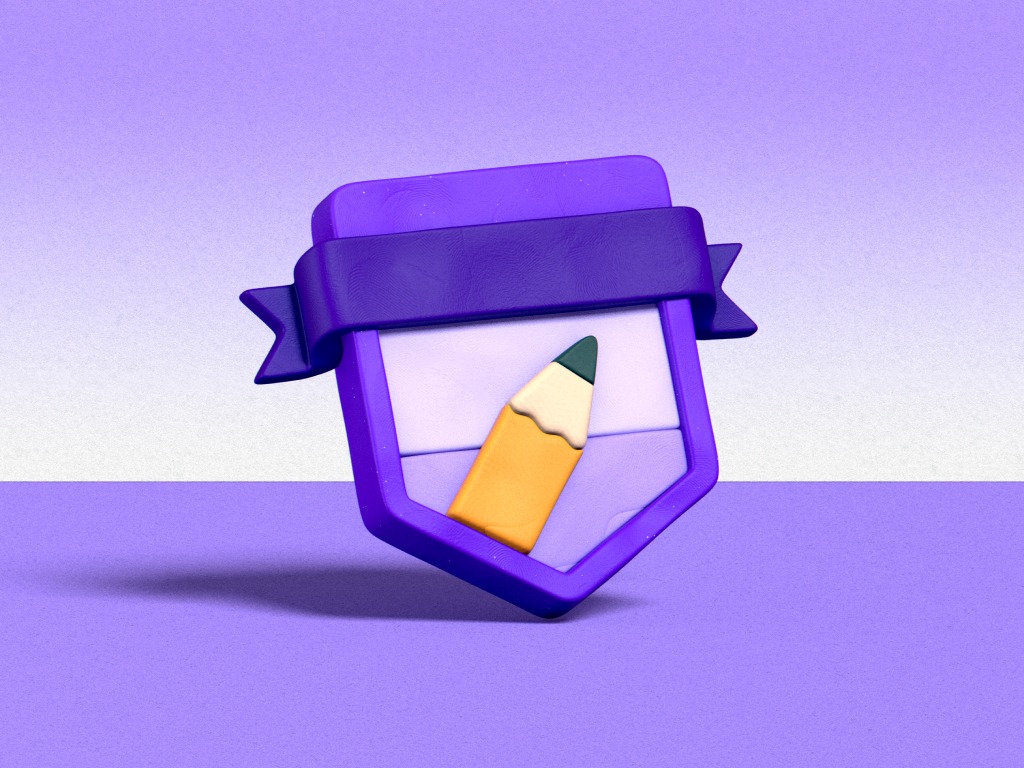

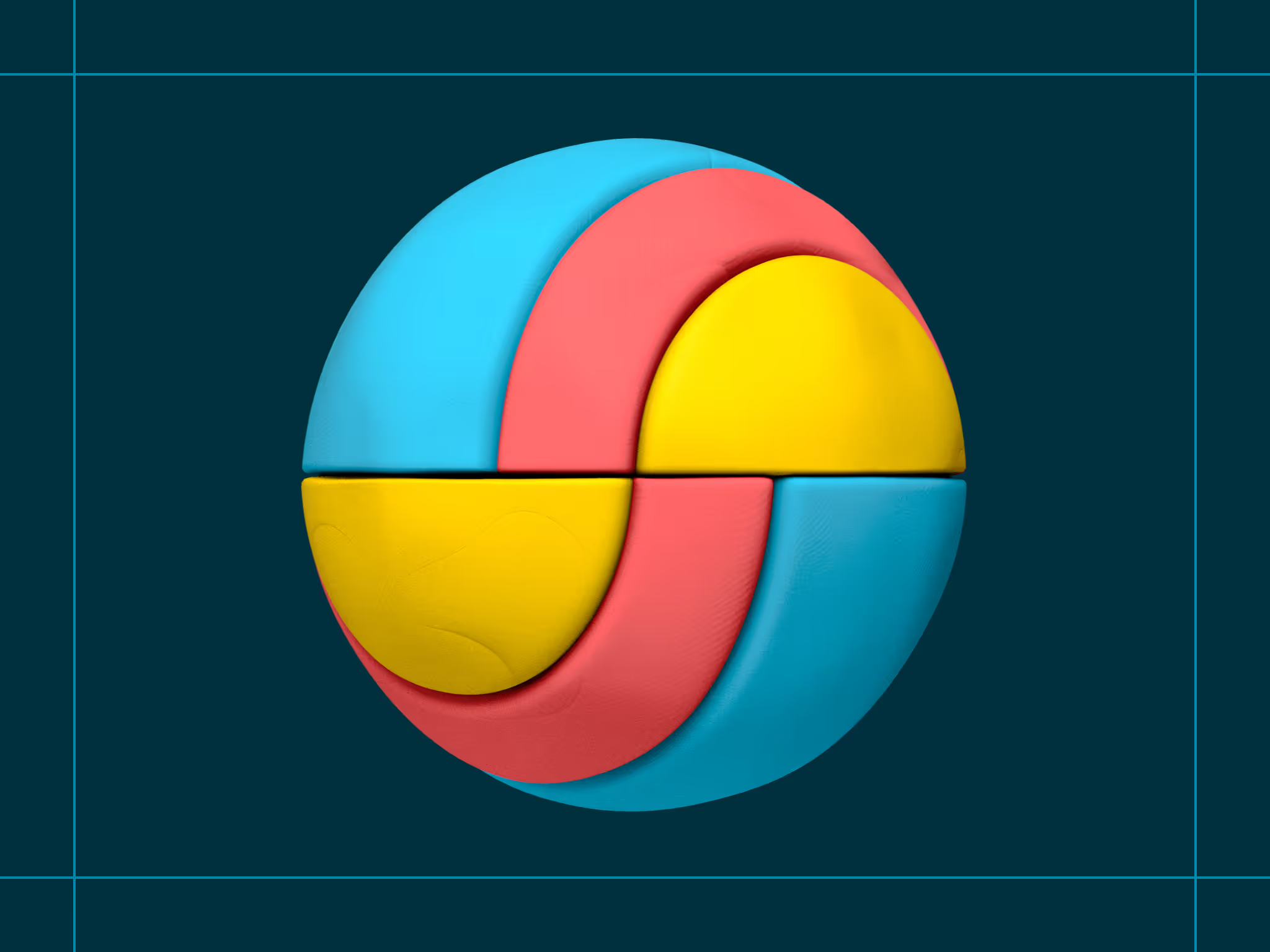

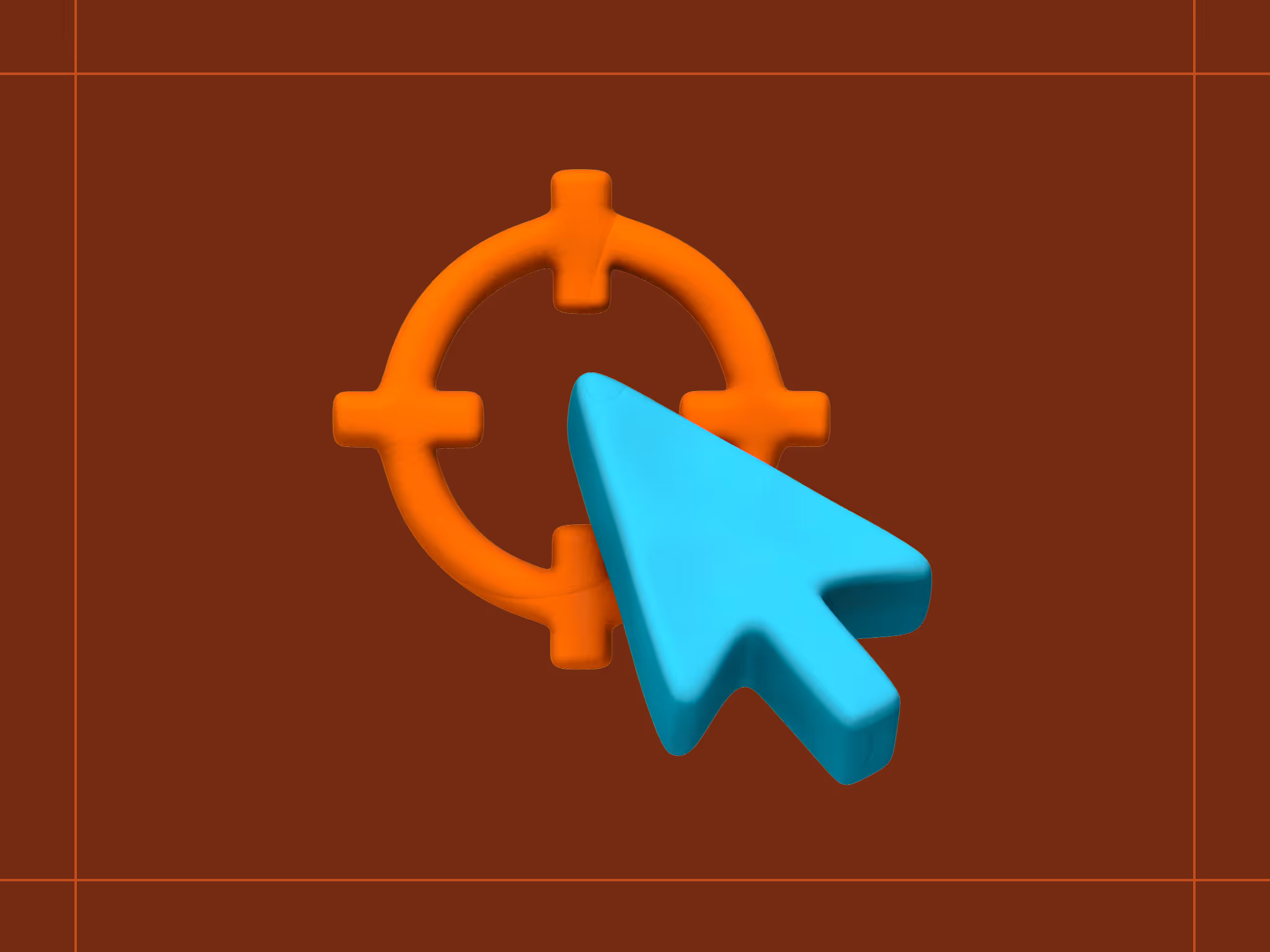
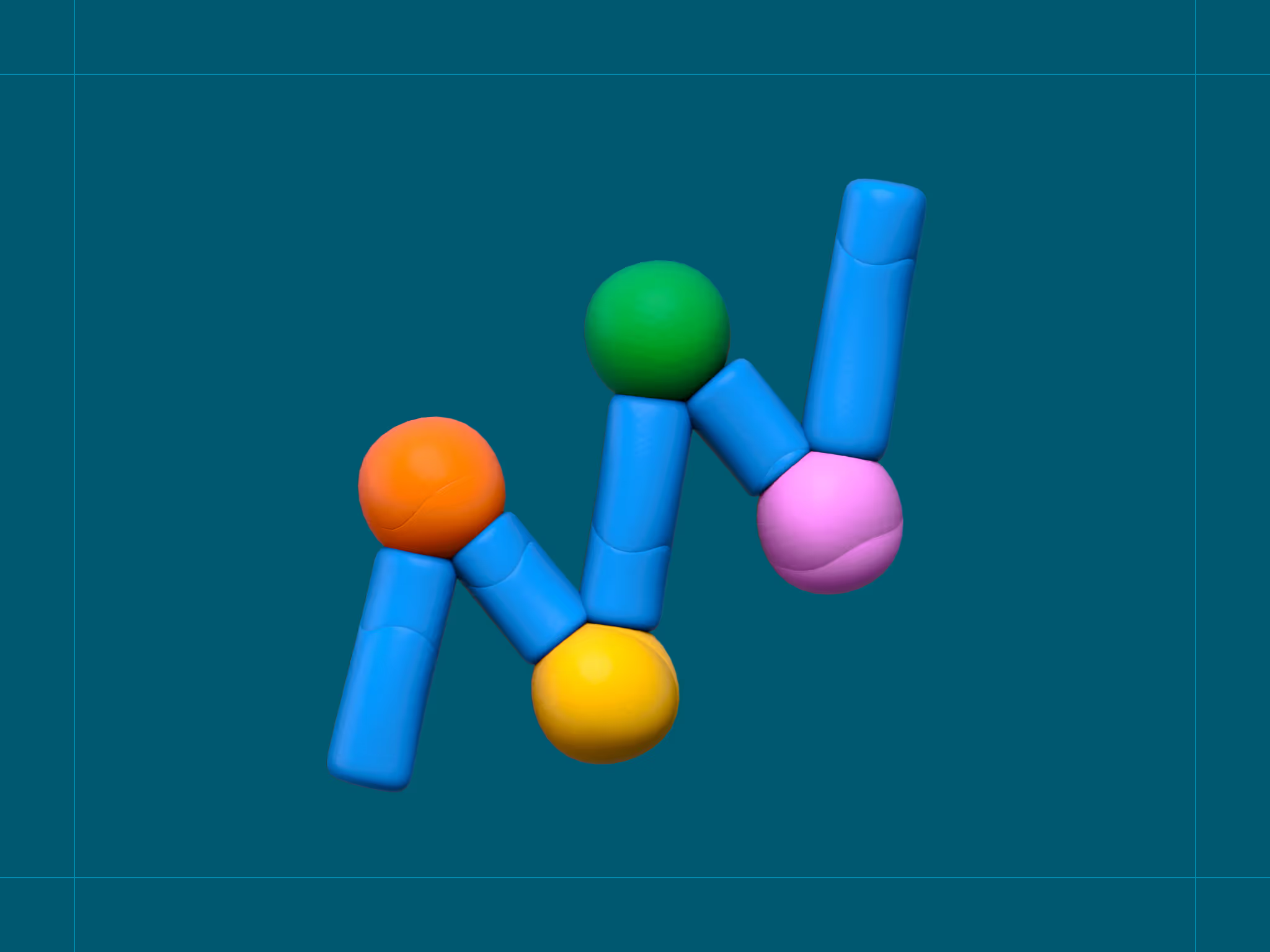

.avif)







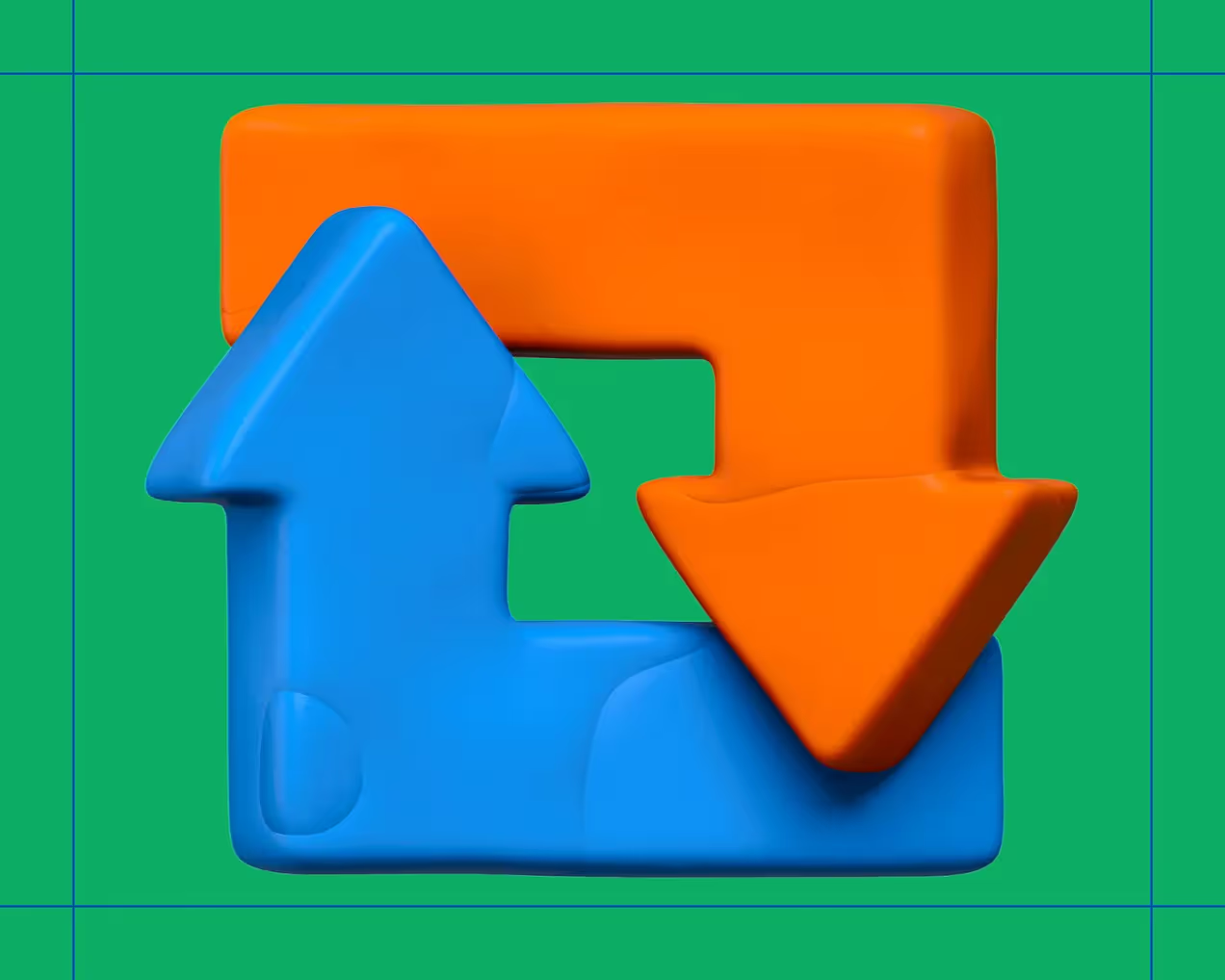



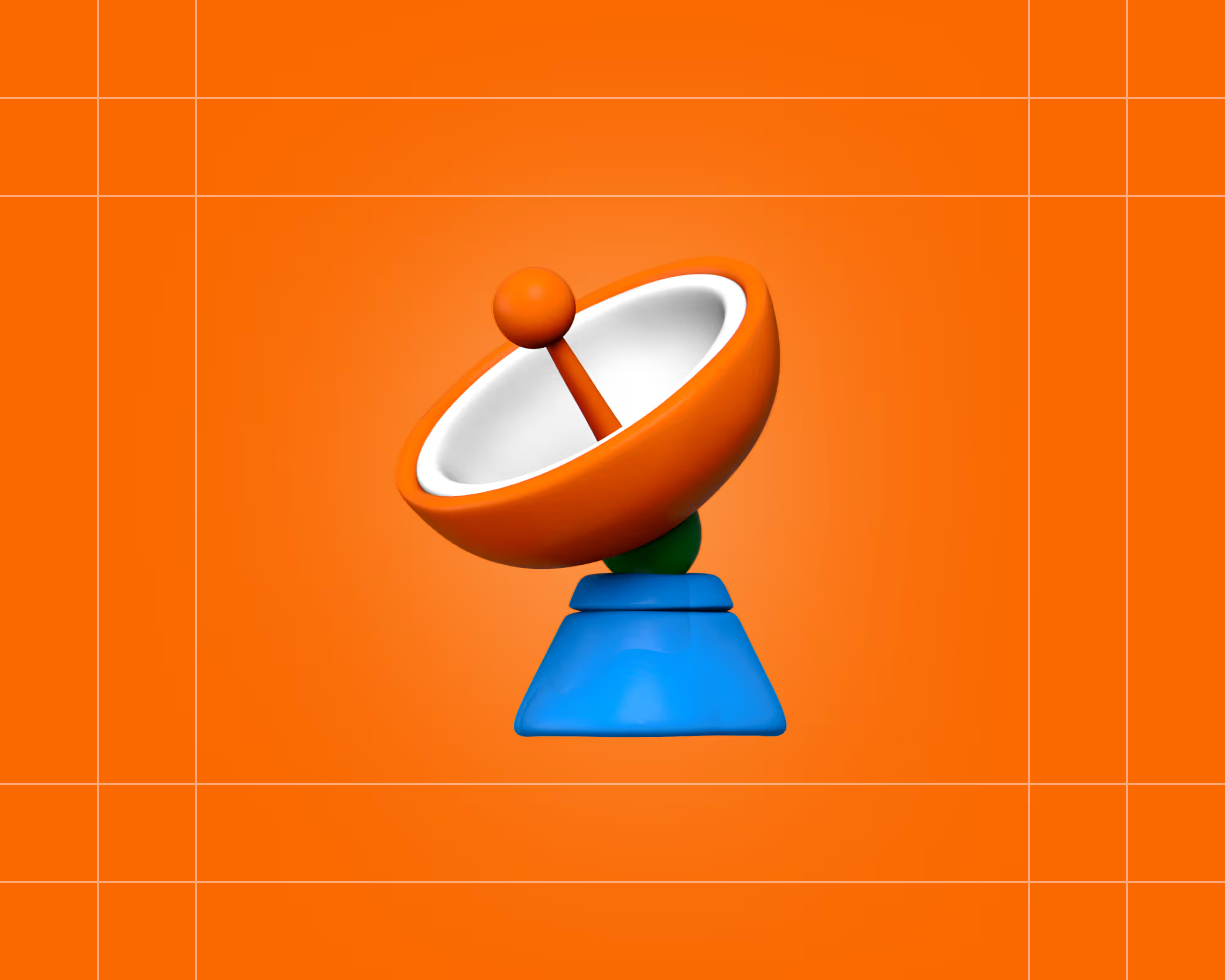

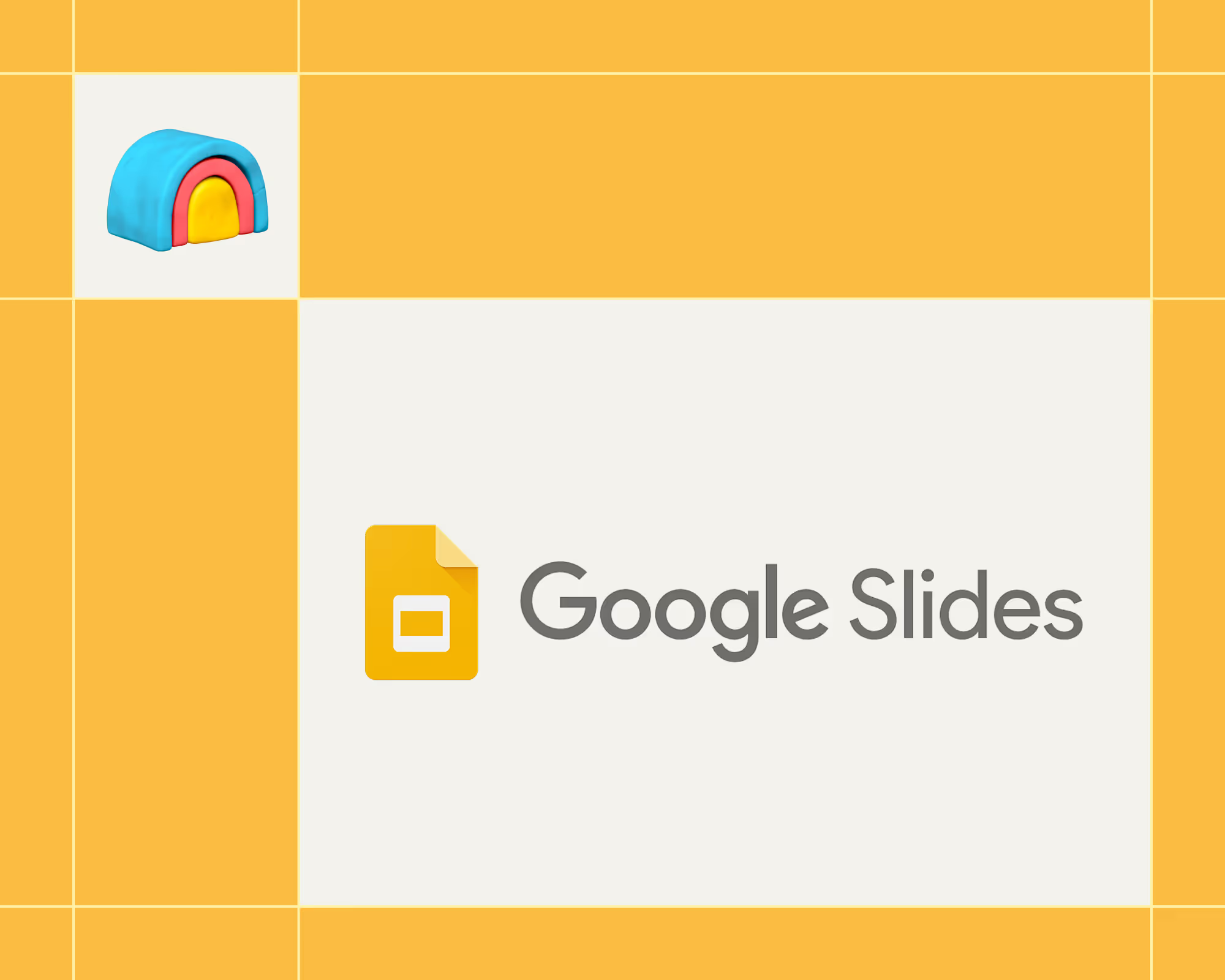
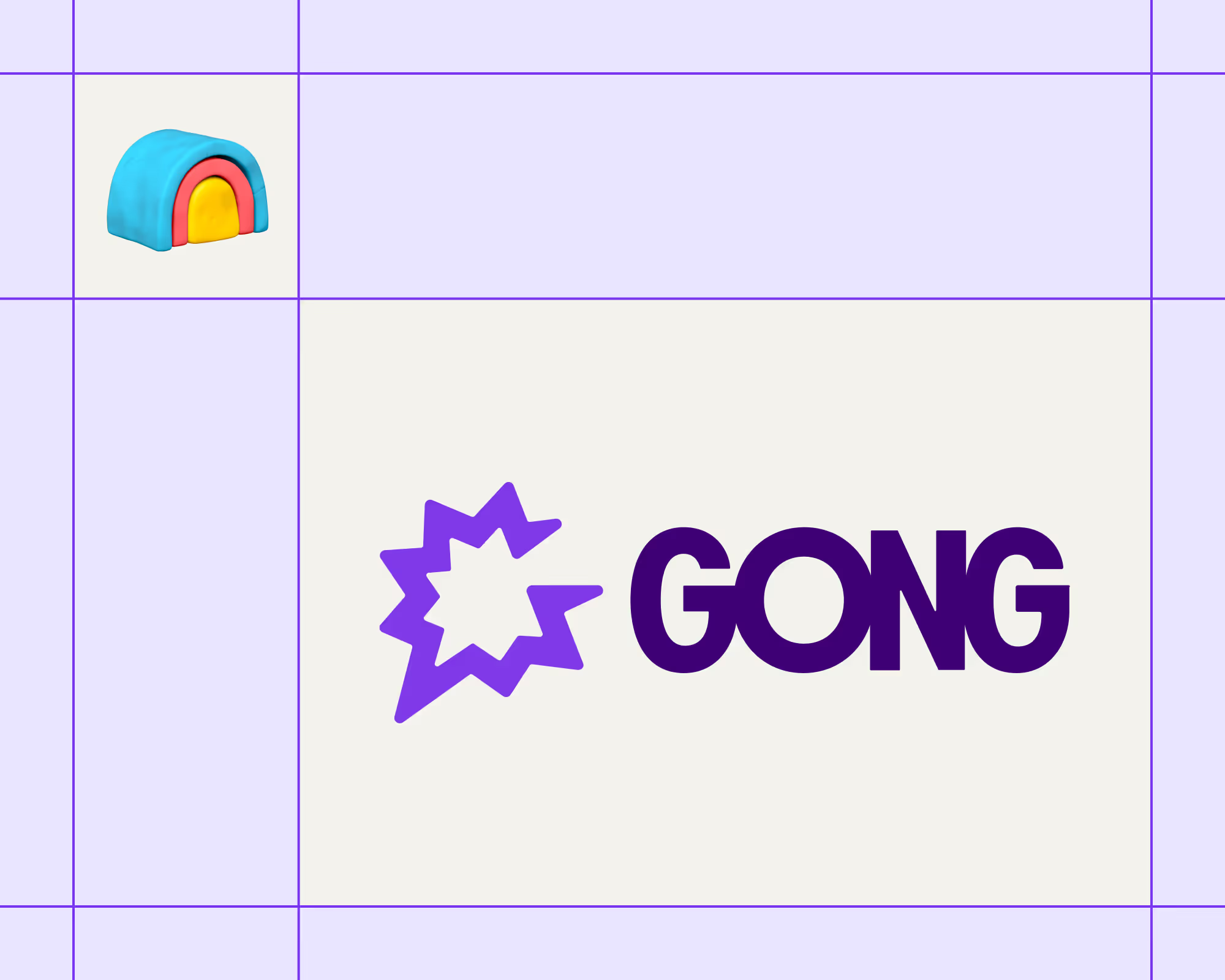

.avif)











.avif)
.avif)





















































